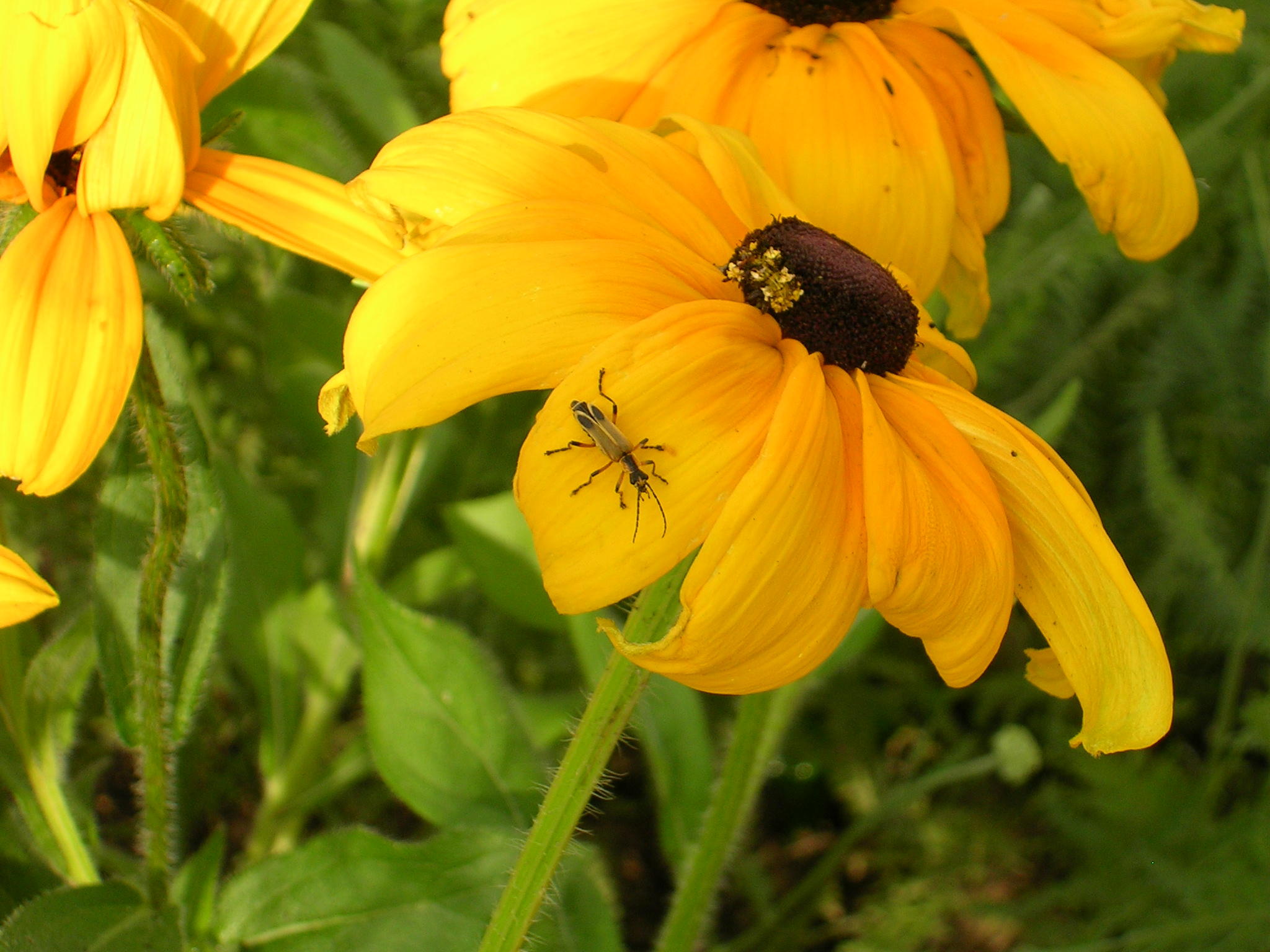Whether your yard is large or small, you can use it to help birds. By providing food, water, shelter and potential nesting places, you can help birds thrive and survive. With a few simple steps, you can create a haven for both migratory and resident birds who will thank you with beautiful songs and regular visits all year long.
Attracting birds
Take inventory of what you already have and consider ways you can supplement what’s already there with native plants that help mimic natural habitats. Plants offer shelter, food, nesting material and even a singing perch while a bird bath and additional foods such as sunflower and suet can help round out your offerings.
Spring: Welcome them home!
Clean your feeders and provide diverse offerings.
- Hang hummingbird feeders in April or May, and orange halves to attract Orioles.
- Remove last year’s nests from nest boxes, install new ones as needed, provide short lengths of string, wool and other materials for nest-building.
- Plan your plantings. Native species provide the best year-round shelter and food resources.
Summer: Help protect their young.
Help keep predators away. In the spring, when baby birds aren’t yet ready to fly, they’re most susceptible to predators.
- Freshen food and water often. Fresh water is key for healthy birds.
- Rinse hummingbird feeders weekly to keep them clean and avoid using suet in the summer. The heat can make it rancid and melted suet can stain feathers.
Fall: Prepping for winter travels
- Clean birdfeeders to prepare for healthy feeding all winter long.
- Take advantage of cooler temps to plant bird-friendly trees such as crabapples, dogwoods, spruce and pines.
- If you have space, considering placing leaf mulch under bushes and leave tree and shrub trimmings in a pile along the edge of your lawn. Birds will forage through the leaves for insects to eat and use twigs and other materials to build nests.
Winter: A time for the hardy!
- In snow-heavy climates, keep birdfeeders full all winter long. Sunflower seeds, suet and millet are popular choices.
- Keep birdbaths from freezing with a small water heater set at a comfortable setting.
- Start planning your spring garden now. Use a notebook and large graph paper to itemize plants, design layout and determine the best nesting boxes for your space. Nesting boxes can be built during the winter so they’re ready for installing in March.
How you can help, right now
Donate to Audubon
Help secure the future for birds at risk from climate change, habitat loss and other threats. Your support will power our science, education, advocacy and on-the-ground conservation efforts.
Become a Monthly Donor
Donating monthly is flexible, easy and convenient and makes you a champion birds can count on, no matter the season
Birds Need You!
Get involved in helping to preserve our birds and their habitats today. There is something for everyone!





